> A Level Business PAPER 3 (H431/03) The global business environment RESOURCE BOOKLET - October 2021
Document Content and Description Below
This Resource Booklet is used to answer all the questions in the QUESTION PAPER. It meant to be used together with Business PAPER 3 question paper and mark scheme. All are included in a single booklet
...
. Click on link above
Nike
Nike is the world’s leading sportswear brand. The company is one of the most prominent producers of clothing, footwear and sports equipment worldwide. Nike’s success can be attributed to the brand’s marketing campaigns, as well as sponsorship agreements with celebrity athletes and professional sport teams. Nike’s ‘Just Do It’ slogan is proof of the company’s marketing success and global brand. Such campaigns and investment in marketing is reflected in its US advertising expenditure, which far exceeds that of one of its biggest competitors, Adidas. As one of the largest and most recognisable sports brands on the planet, it is of no surprise that Nike invests significant sums into its promotional campaigns each year (see Table 1).
Nike’s advertising costs (2014–2018)
Year
Advertising costs (US$ bn)
2014
3.03
2015
3.21
2016
3.28
2017
3.34
2018
3.58
Table 1
Source: Adapted from https://www.statista.com/statistics/685734/nike-ad-spend/ (accessed on 10/10/19)
Nike’s sales revenue is shown in Table 2 and some market statistics are shown in Table 3.
Nike’s sales revenue (2014–2018) 20
5
10
15
Year
Revenue (US$ bn)
2014
27.799
2015
30.601
2016
32.376
2017
34.350
2018
36.397
© OCR 2021
H431/03 Oct21
Table 2
Source: https://en.wikipedia.org/wiki/Nike_Inc (accessed on 10/10/19)
25
Market statistics
Table 3
3
Global value of the Nike brand in 2019
US$32.5 bn
Global value of the Adidas brand in 2019
US$16.7 bn
Global clothing and footwear retail sales in 2017
US$1696 bn
Source: https://www.statista.com/topics/1243/nike/ (accessed on 10/10/19)
Extract B – Respect for human rights in Nike’s supply chain
30
Nike does not own or operate the facilities which produce its products. However, Nike is prioritising suppliers who share its commitment to respect human rights and are investing in their workforces. This is effectively part of Nike’s human resources strategy. Nike’s expectations for suppliers start with its ‘Code of Conduct’ and ‘Code of Leadership Standards’. Nike specifically and directly forbids the use of child labour in facilities contracted to make Nike products. It also specifies that workers between the ages of 16 and 18 cannot be employed in positions which may be hazardous, such as working with chemicals or heavy machinery, nor can they work at night.
Source: Adapted from https://purpose.nike.com/human-rights (accessed on 12/10/19)
Extract C – Nike’s supply chain management
35
40
Nike’s global business model is based on successful supply chain management. Nearly all its products are manufactured by independent contractors. However, quality is a very important concern in Nike’s supply chain. The managers at Nike use great caution when selecting raw materials and suppliers. There is a global buying team at Nike which organises the entire buying process, including selecting and contracting the right suppliers for the right goods and services. Its products are made in 42 countries at 567 independent factories that employ more than 1 million workers.
In the past, Nike has had several controversies over its supply chain practices related to labour welfare. That is why it made its focus on ethical supply chain practices stronger. Nike’s sourcing strategy prioritises those who have shown leadership in corporate social responsibility (CSR) and sustainability. The focus is on creating a culture of safety, diversity and inclusion down the supply chain and, therefore, the suppliers are also judged on fair labour standards.
Source: Adapted from https://notesmatic.com/2018/02/nike-supply-chain-management/ (accessed on 16/12/18)
© OCR 2021 H431/03 Oct21 Turn over
45
50
4 Extract D – How are Nike’s shoes produced?
Nike has emerged as the world’s largest supplier of sportswear. Like other popular brands, Nike’s goods are produced in factories located outside the USA in order to keep the costs low. However, the number of Nike products manufactured in China and other Asian countries is rapidly decreasing due to concerns about unfair labour practices. Even though it is not an environmentally sustainable brand yet, it does use recycled and organic cotton, hemp, bamboo and other environmentally friendly materials. Most shoes, however, are made of leather, rubber, polyester and plastic. These materials are supplied by Nike and shipped by air and sea to over 500 suppliers for manufacturing, before completed products are distributed to retailers around the world via Nike’s distribution chains.
During the 1990s, activists accused the company of using child labour for the manufacturing of soccer balls. Since those days, the brand has focused on improving its labour practices and reducing its environmental impact. Nike’s ‘Free RN Flyknit’ shoes, for example, produce 60% less waste during manufacturing, compared to traditional running footwear.
Source: Adapted from https://bizfluent.com/how-does-4987751-how-nike-shoes-produced.html (published on 21/11/18)
Extract E – Nike is the big brand winner at the Women’s World Cup
Extract F – Nike: Don’t do it
60
65
70
Nike was the clear brand winner of the 2019 Women’s World Cup. When it comes to emotional engagement – a good indication of the long-term impact an advert will have – Nike’s ‘Dream Further’ campaign came out on top with a near perfect score of 4.6 out of 5.
Source: Adapted from https://www.marketingweek.com/nike-brand-womens-world-cup/ (published on 28/06/19)
75
In May 2019, Nike was shamed into undoing a policy of cutting sponsorship payments for female athletes when they get pregnant. An earlier scandal over allegations of sexual harassment and abuse of female workers led to the dismissal of nearly a dozen male executives. Nike has also been caught up in a doping affair, which dragged its share price down by 3%. In September 2019, America’s anti-doping agency found Alberto Salazar, a top running coach, guilty of ‘facilitating prohibited doping conduct’. Mr Salazar has a Nike ‘swoosh’ (logo) tattooed on his arm.
[Show More]
Last updated: 3 years ago
Preview 1 out of 4 pages

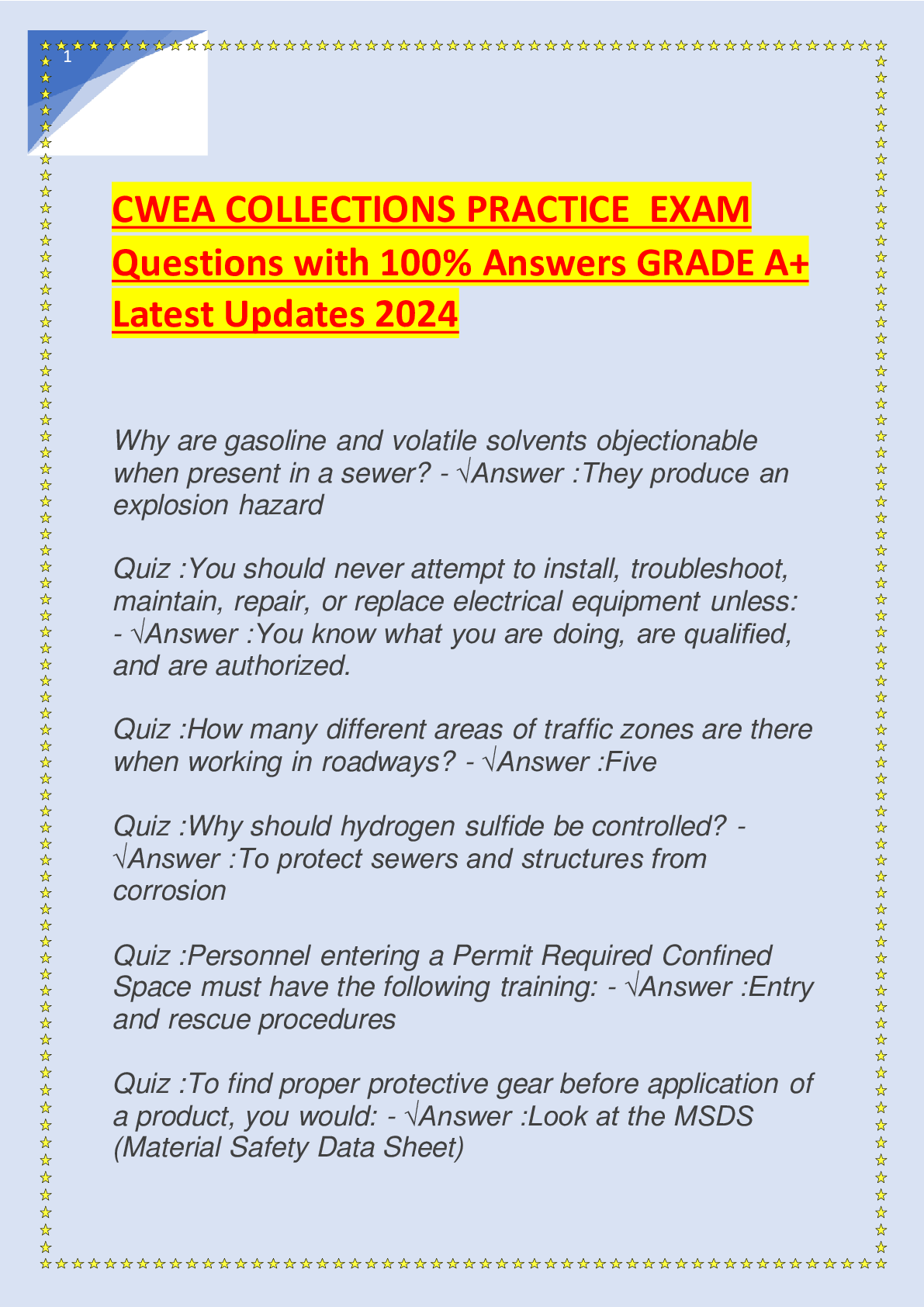

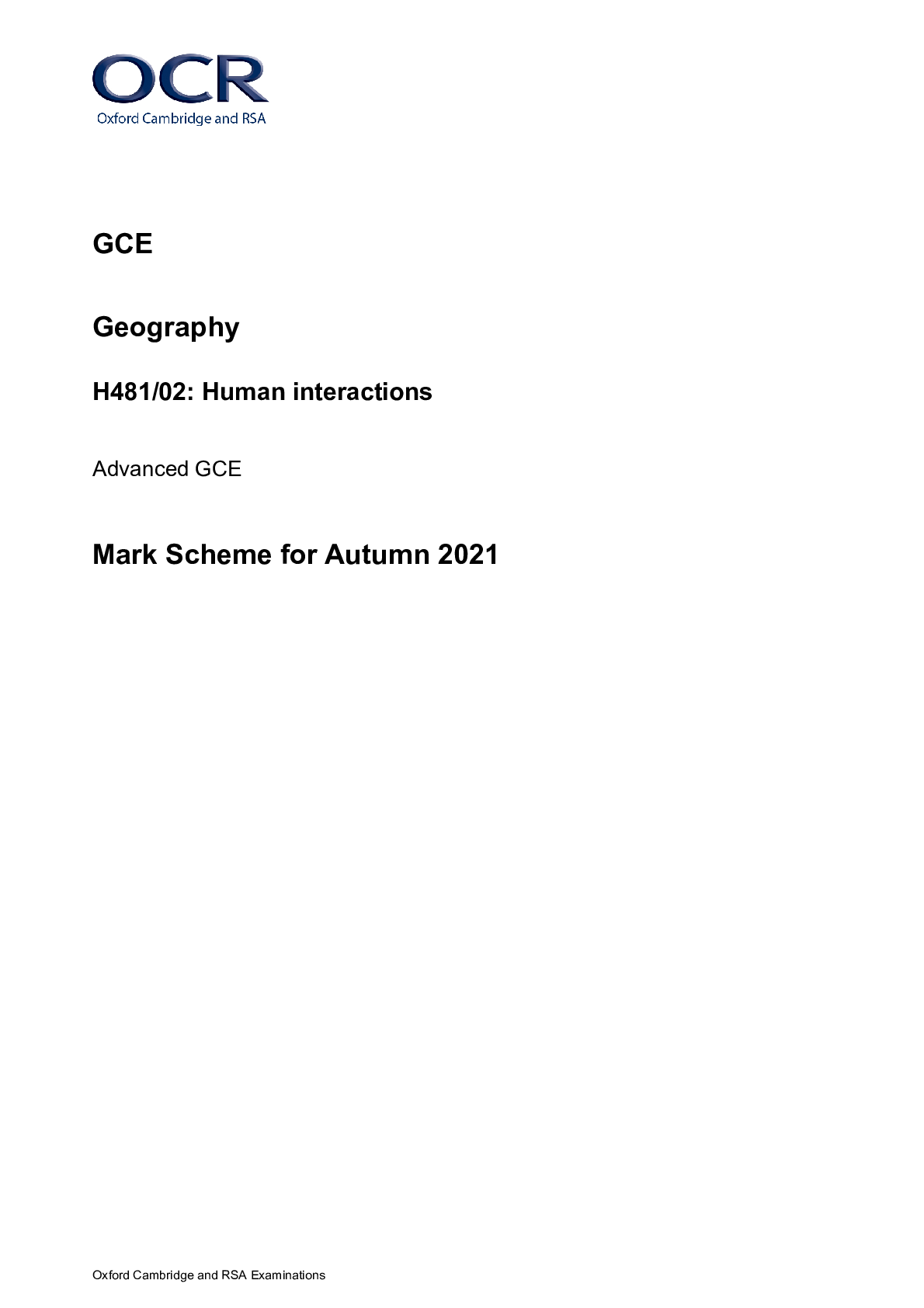
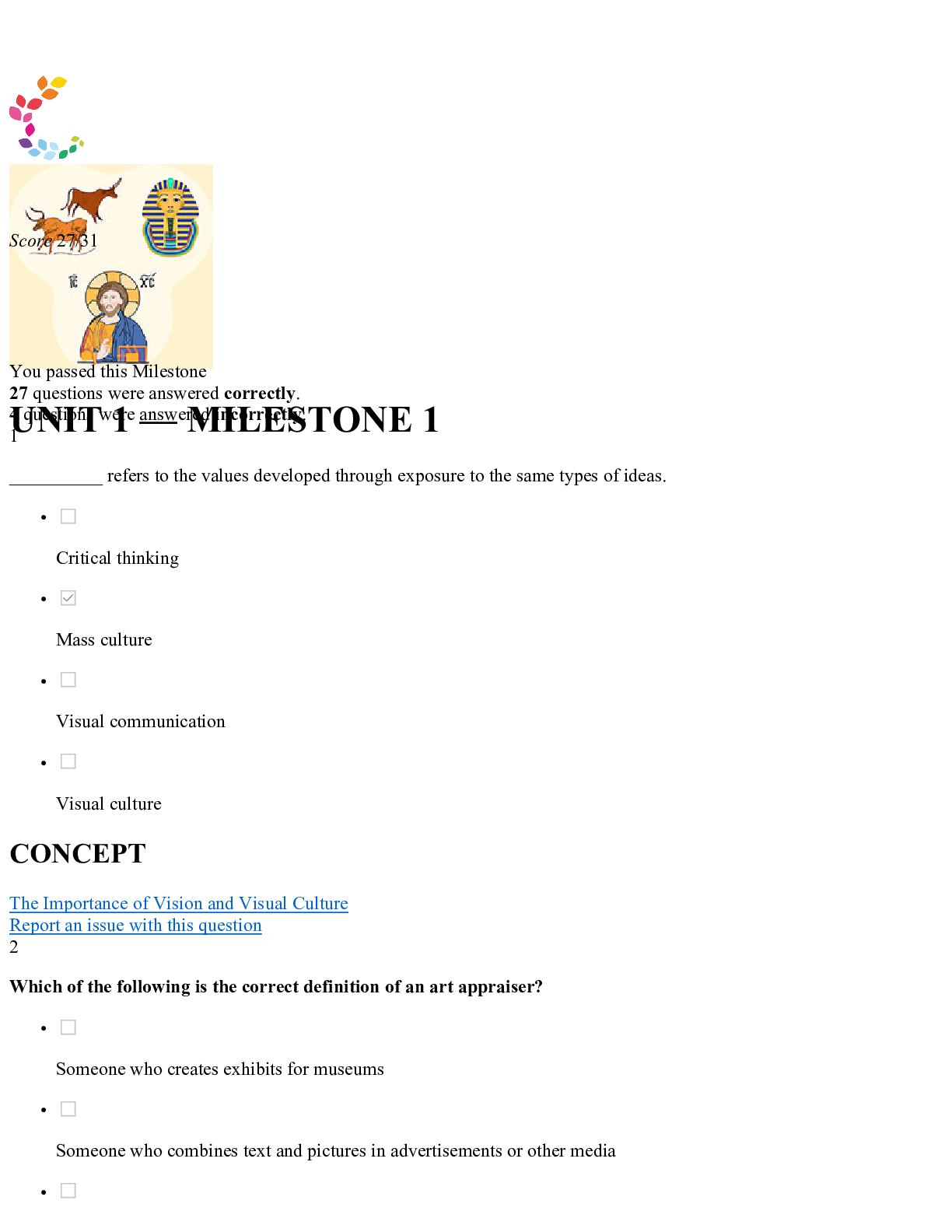

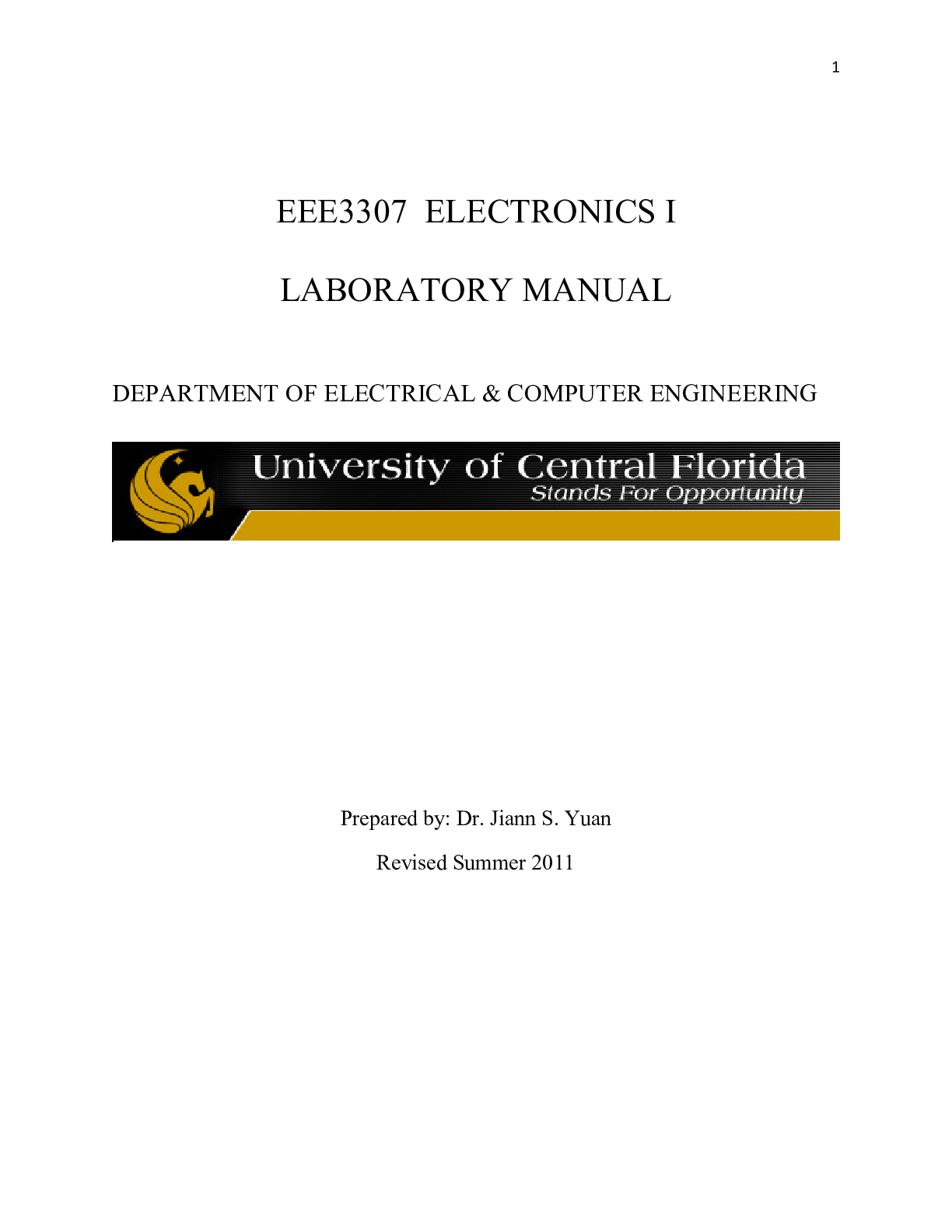





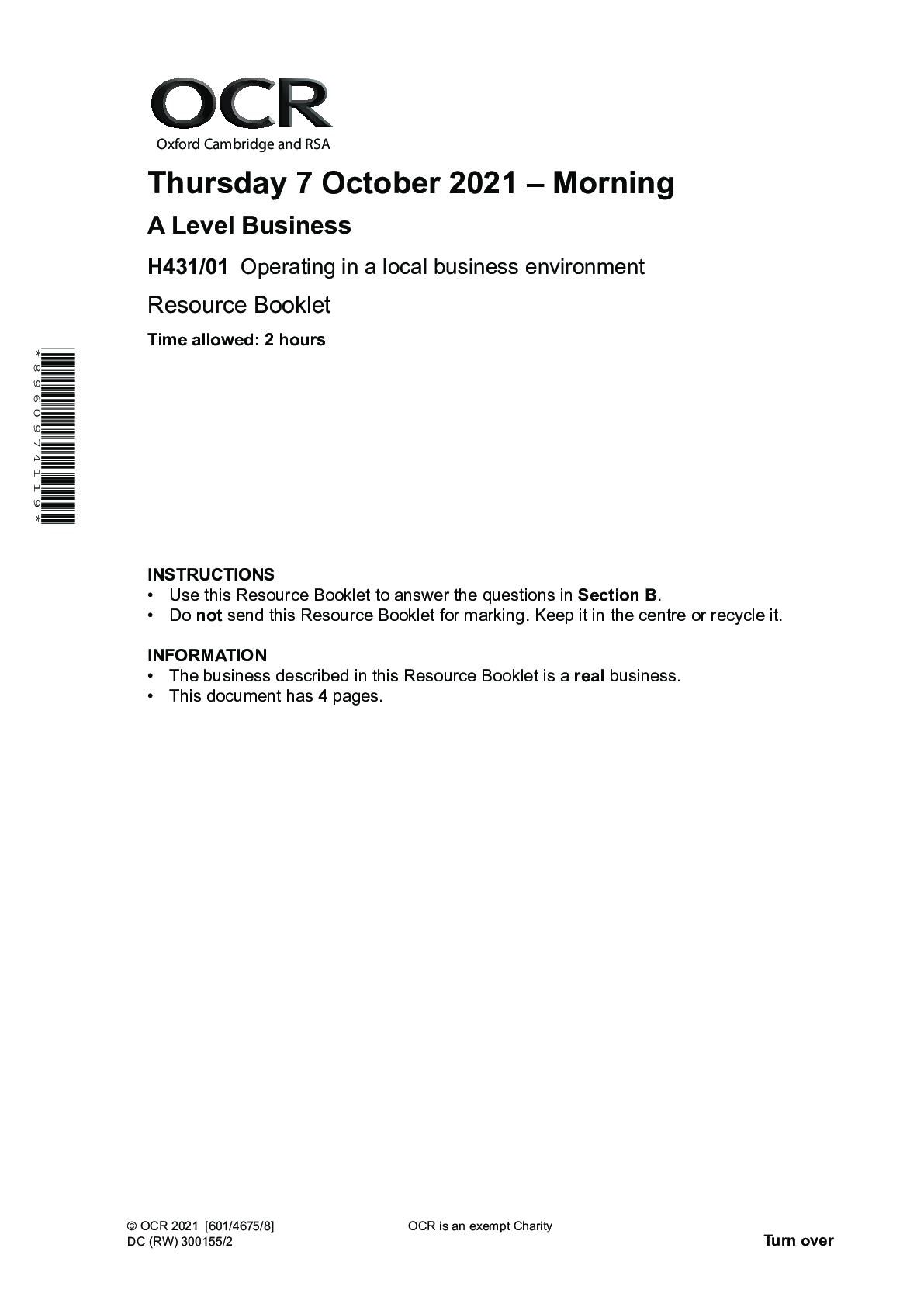

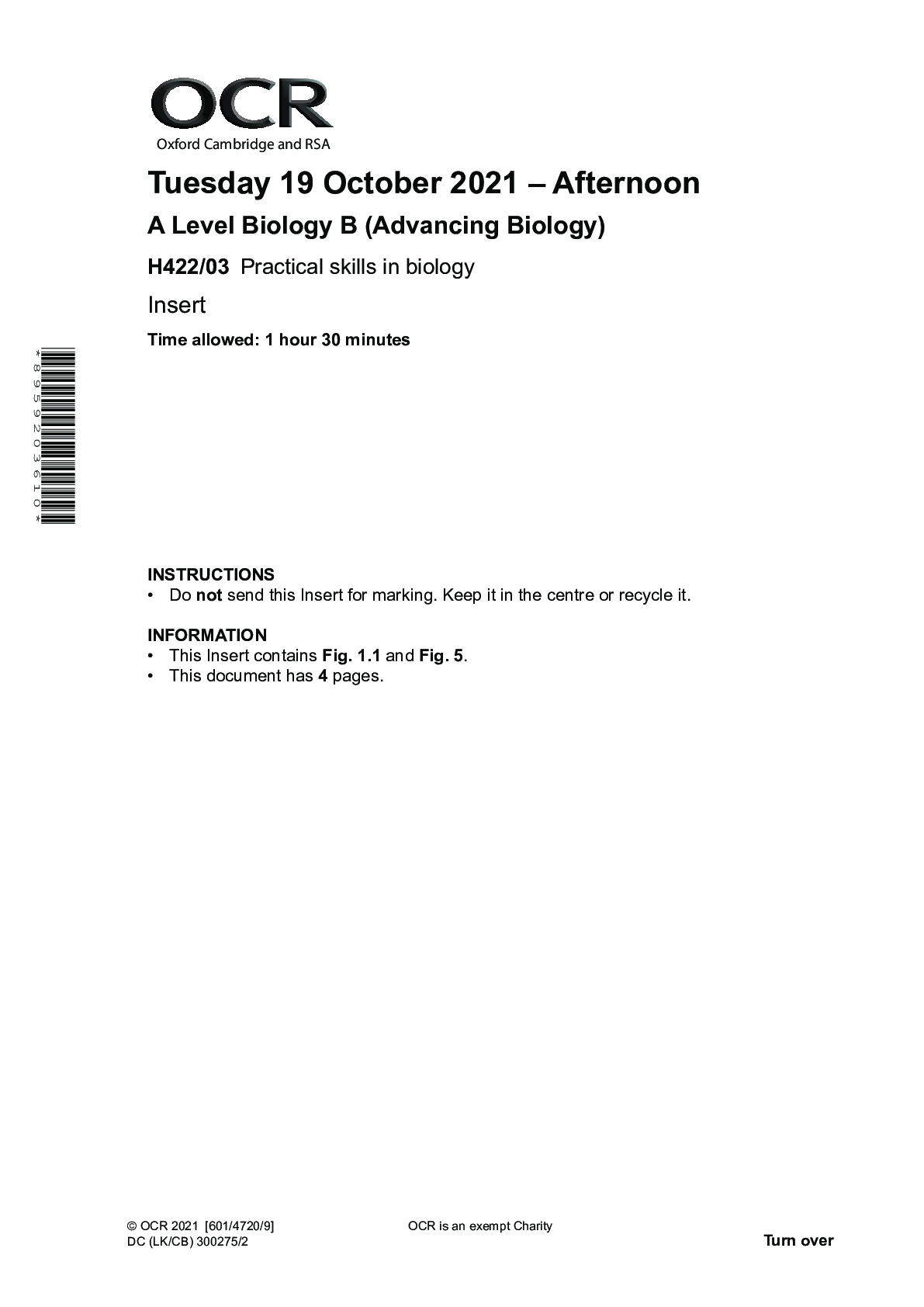








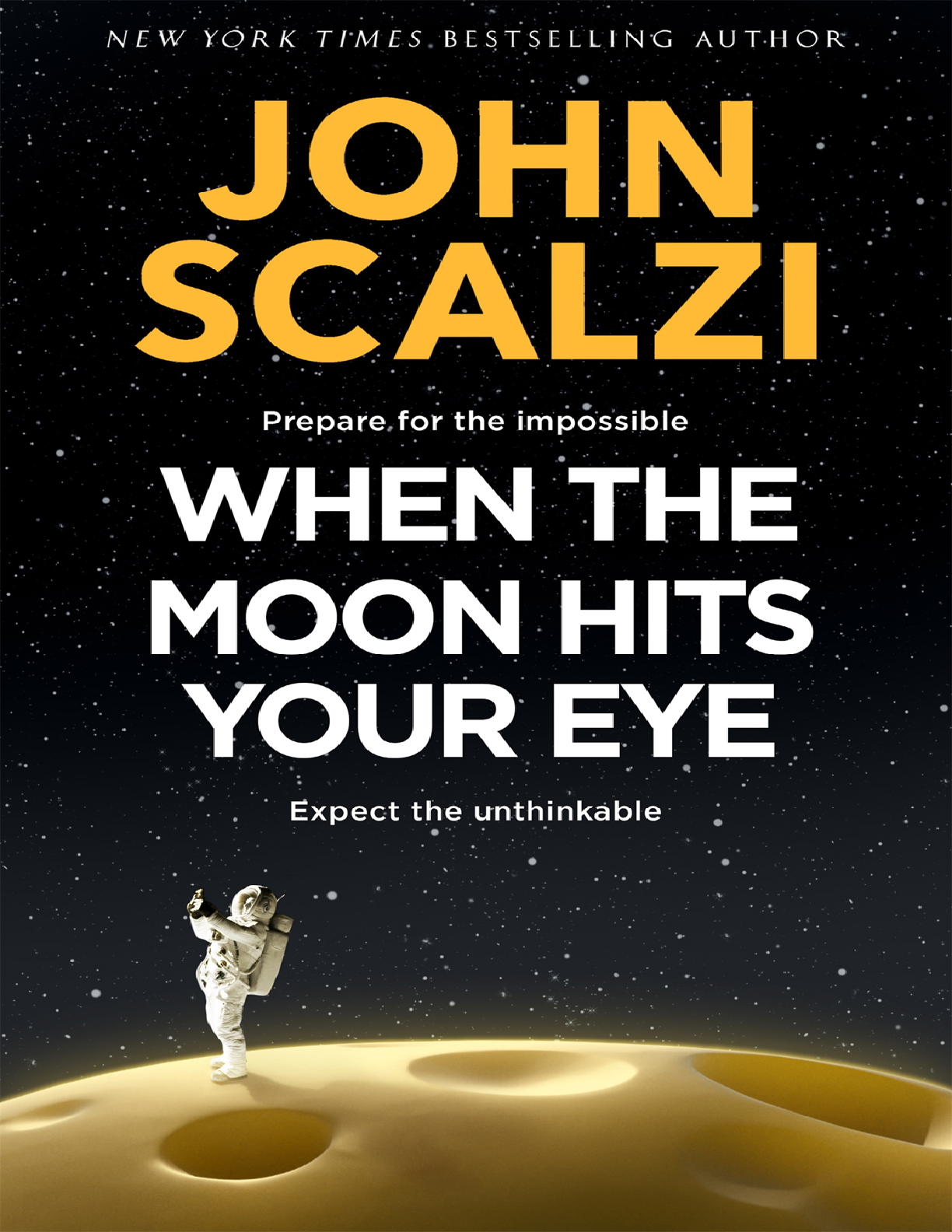







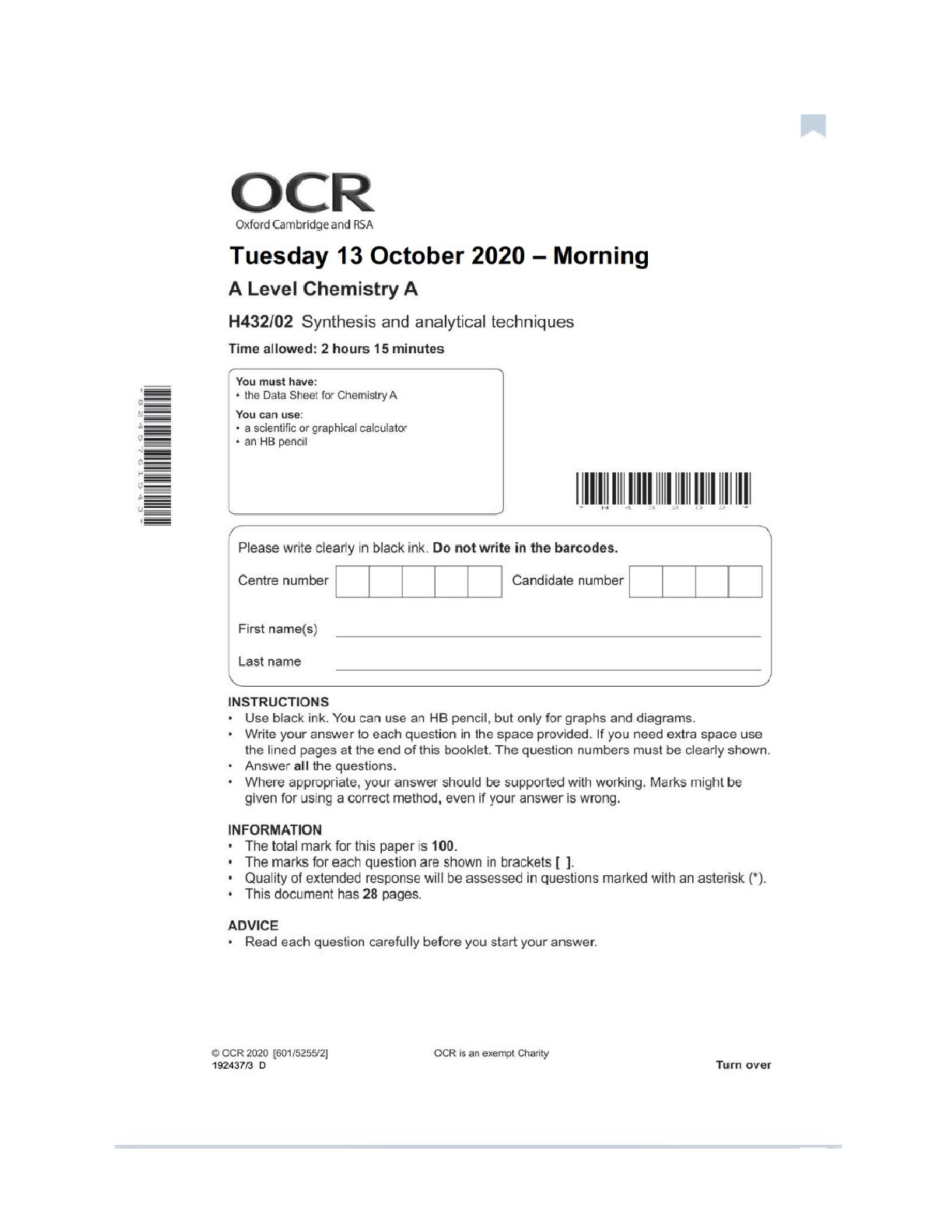
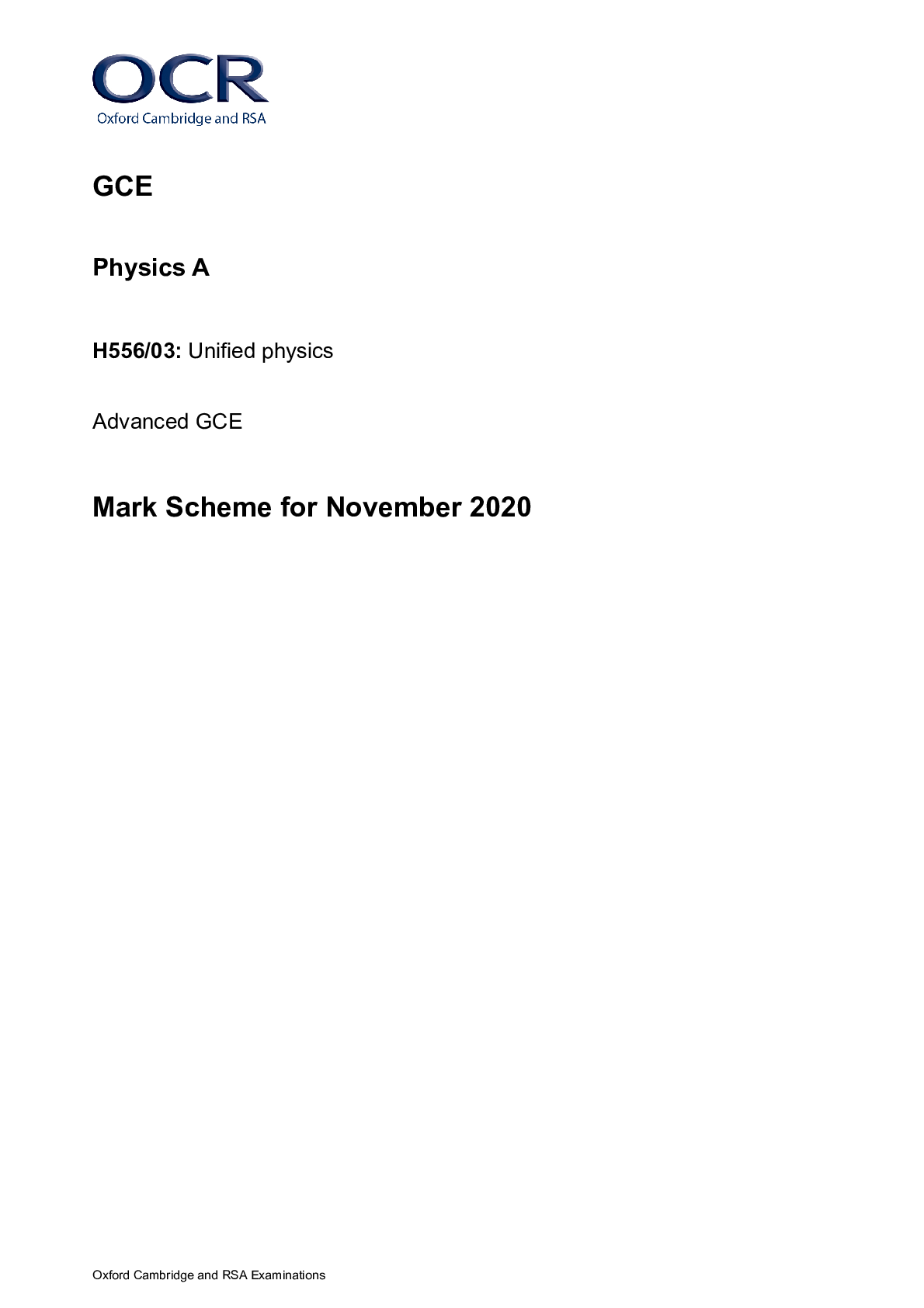
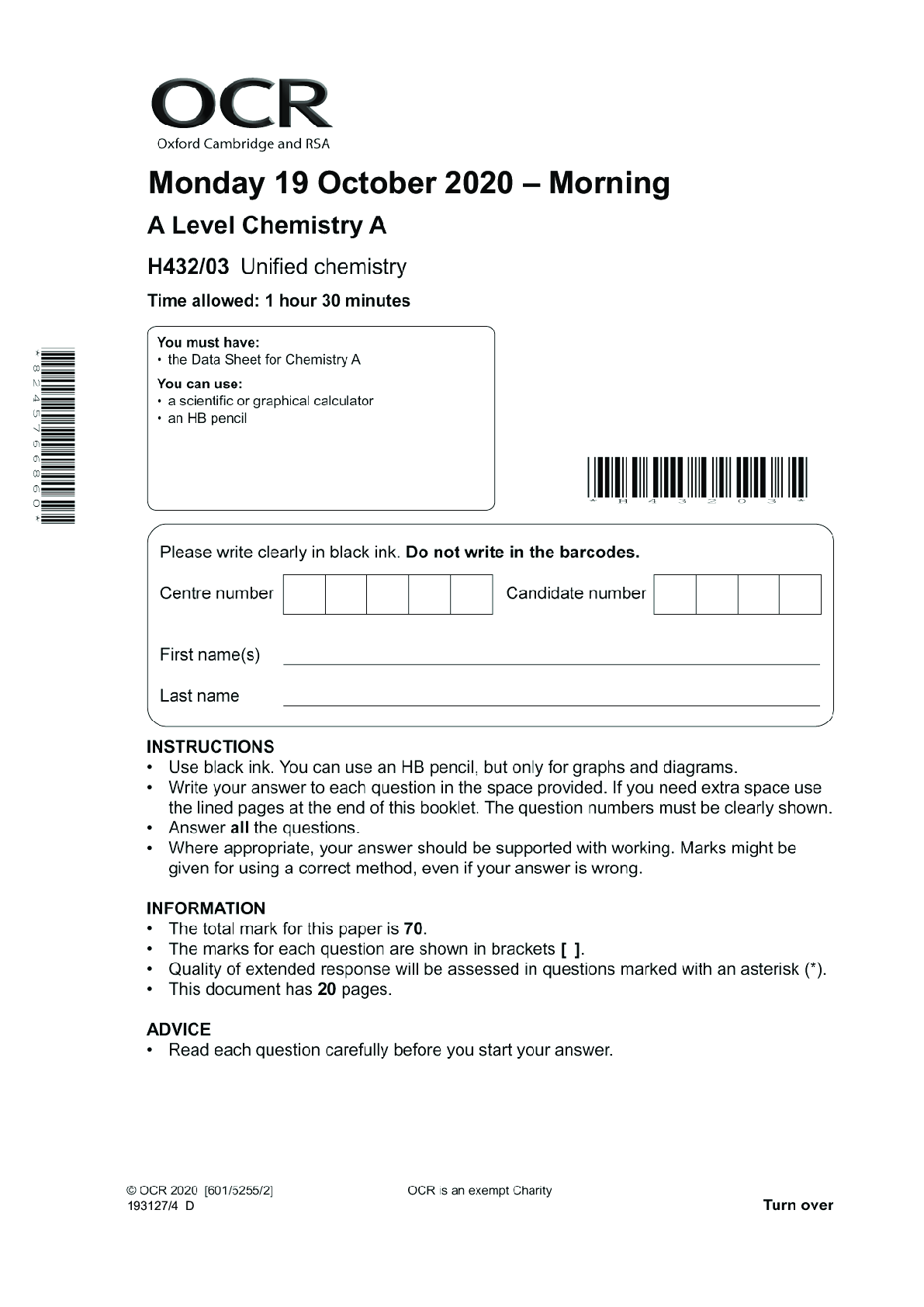
_compressed.png)

